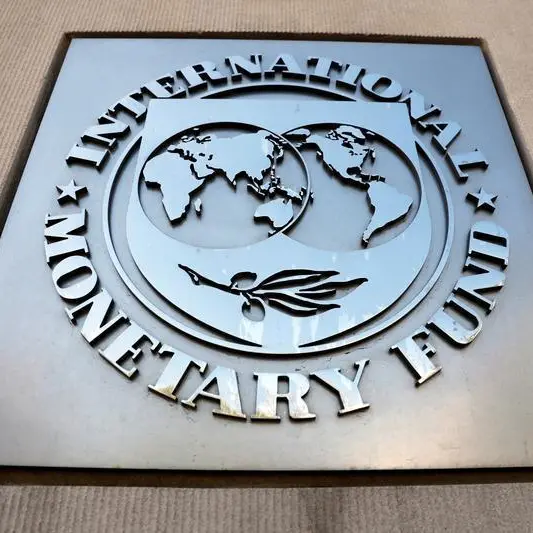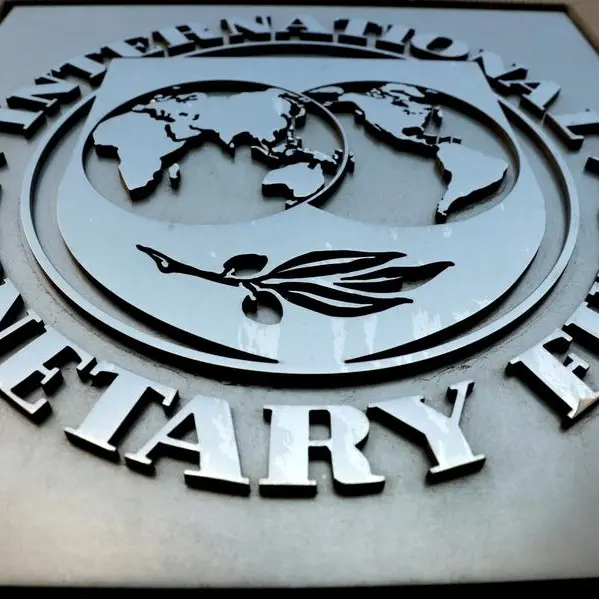HR has been at the forefront of the response to remote working, to furlough and staff capacity, to having to ensure employee wellbeing is put first and foremost for businesses – virtually.
These challenges have created permanent changes to the way HR departments operate. This is especially apparent when it is taken into account that businesses expect a 50 percent increase in employees working remotely post COVID-19, according to recent research from Riverbed.
Even as businesses remain hopeful that lockdown restrictions will ease and offices will reopen, it is unlikely that the way in which organisations traditionally operated and managed their workforce will return to what we once knew. Moving forward, HR leaders are embracing the new realities companies are facing and will need to evolve their people strategies accordingly.
In doing so, people management teams can support and guide employees to help them remain engaged, productive and ultimately motivated to drive business success. As we all continue to experience the changes still occurring more than a year after the initial lockdown, let’s take a look at the new trends guiding HR leaders and their teams.
Greater focus on employee wellness programs
Employee wellbeing is top of the agenda for HR leaders. As reported by a recent survey from Deloitte, 80 percent of business leaders identified wellbeing as their top-ranked priority for organisational performance and success. This is hardly surprising given the unpredictable and unsettling nature of the past few months.
Overnight, employees had to uproot their entire idea of work, take on balancing childcare with full time jobs, and face economic uncertainty. It is no secret that stress can and has in some cases had a direct impact on employee health and performance levels and considering that diminished performance levels will affect the overall success of the business, it is imperative companies continue to put employee wellbeing first.
HR departments must recognise the need to provide additional resources to employees – both as working from anywhere continues and when the transition of returning to the office happens.
For instance, businesses can look to introduce services that provide support across all aspects of the employee’s life. This could include covering mental fitness, financial wellbeing, and confidential counseling that extends to every member of an employees’ household.
As part of this ongoing support for employee wellbeing, leadership communication and transparency is key. With so much uncertainty still present, including around the possible transition back to the office, employees need more frequent and transparent updates.
By providing bespoke wellbeing initiatives, organisations can help to alleviate the stress of the unknown, enabling employees to prepare and giving them peace of mind that plans are in place to support them.
Spotlight on diversity and inclusion (D&I) In addition to having to work through a pandemic, a huge protest took place against systemic racism and social injustice across the globe. As a result, business leaders prioritised a review of their organisations D&I practices, working to take stock of what could be improved and create a framework for future equality.
With organisations repledging their commitments to D&I, the spotlight is on for these promises to be upheld as new realities of work continue. Organisations, and the business community at large, must remain focused on how it can make an impact on issues of racism and social inequity, both within and beyond the workplace.
Untethering talent from location
Another trend HR teams are going to see as we progress with life after a year of lockdowns, is the evolution of the war on talent. Thanks to technological advancements, how talent is recruited is no longer restricted by location or a candidate’s willingness to move.
As a result, employers can now source the best employees from anywhere in the world, without needing in-region offices. This levels the playing field, reducing costs and opening up more opportunities for job seekers, who might have previously been limited by living in more rural or remote areas.
Crucially, the door is now open for employers to truly hire the best talent. However, widening the candidate pool doesn’t necessarily make recruiting easier. This is especially true in the tech sector, where there continues to be fierce competition to attract and retain talent.
To differentiate themselves and attract prospective employees, organisations must offer a strong culture, honest and empathetic leadership, and ongoing opportunities to learn and develop new skills. As enterprises continue to operate through the ongoing restriction changes and lockdown regulations, keeping a close focus on how the wider talent pool is recruited and retained will be critical.
It will enable organisations to quickly adapt their strategies to ensure they are bringing in the best people and also keeping a hold of the good talent they already have. In doing so, businesses can operate with the confidence they have the right people in place to drive business growth and keep success on track.
Looking back to move forward
As organisations prepare for the changes yet to come following a year of lockdowns, it will be HR and leaders that will play the vital role of steering business in the right direction. Improvements to employee wellbeing and diversity and inclusion strategies are already being made, along with changes to talent strategies.
However, it’s vital they remain at the top of the HR agenda if the business is to succeed. After all, with the right support in place, employers can ensure their staff remain engaged, motivated and driven to deliver their best results. Both in the immediate aftermath of COVID-19 and beyond.
© Opinion 2021
Any opinions expressed in this article are the author’s own
Disclaimer: This article is provided for informational purposes only. The content does not provide tax, legal or investment advice or opinion regarding the suitability, value or profitability of any particular security, portfolio or investment strategy. Read our full disclaimer policy here.












